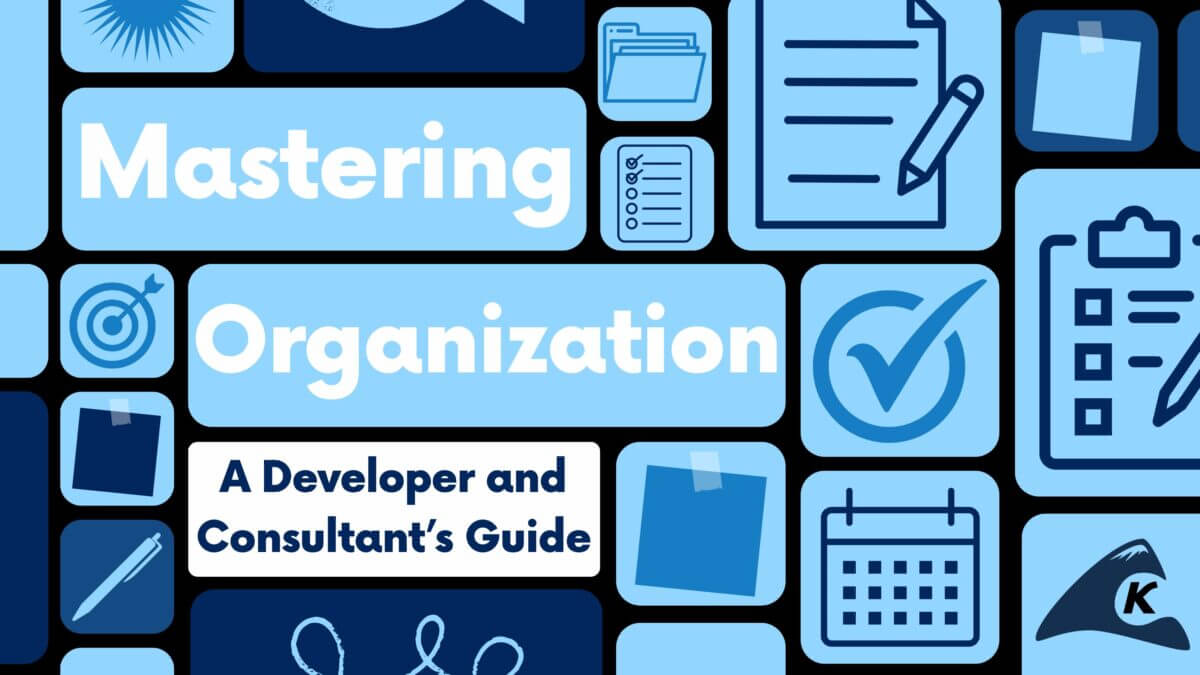This year, the client I work with has started exploring the offerings in Google Cloud Platform (GCP) after investing years into the Microsoft Azure cloud. The opportunity has allowed me to explore a few new technologies that this post will cover and that you will hopefully find interesting.
In short, I was tasked with transforming Pub/Sub to Firestore Database in GCP. The scenario explored in this post takes an FHIR healthcare data feed, extracts telephone and email information, and then stores that in a Firestore database.












